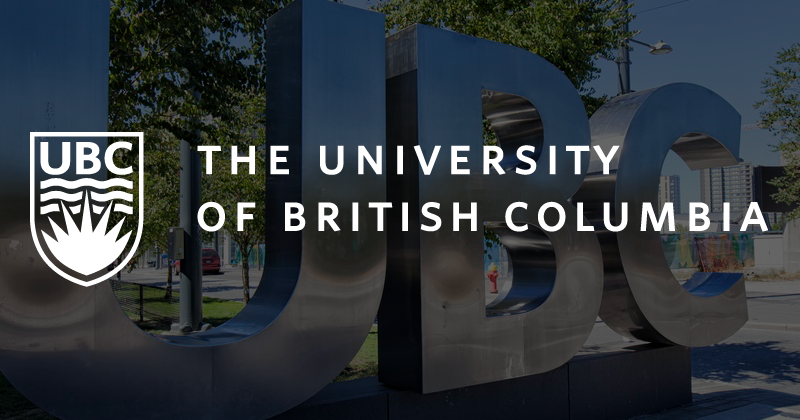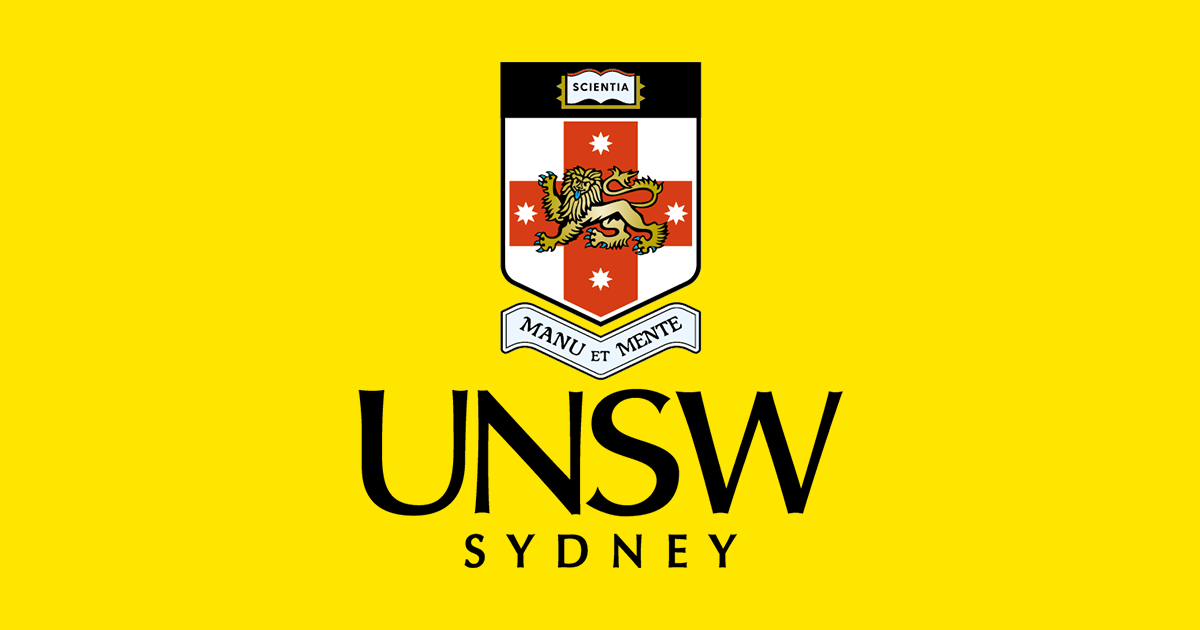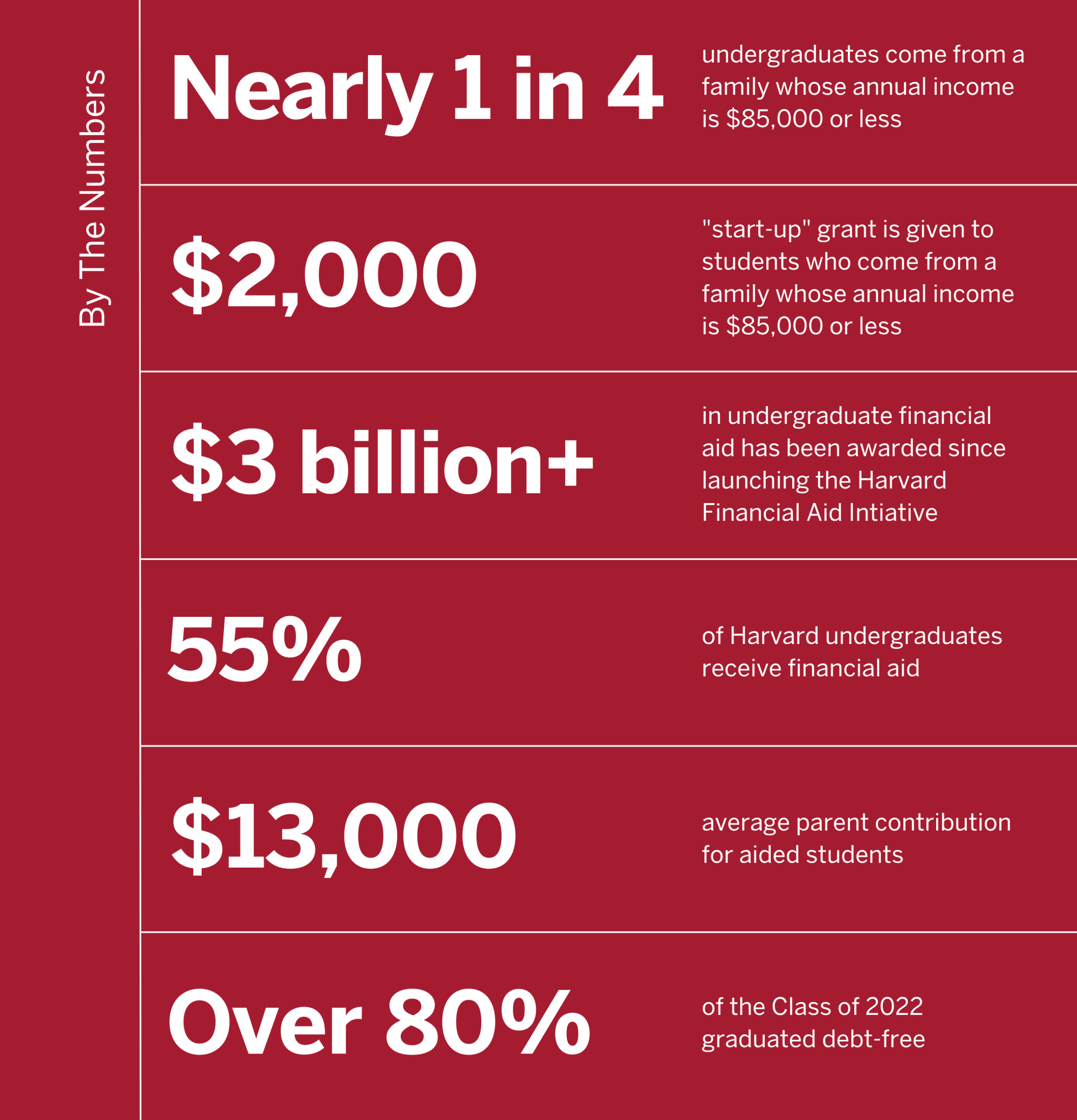
If you’re planning to travel to the United States, obtaining a visa is one of the most important steps in the process. As part of the US visa application, you’ll need to schedule an OFC (Offsite Facilitation Centre) Appointment. This step is crucial for biometric data collection and is mandatory for most visa categories.
In this article, we’ll guide you through the OFC appointment process and provide tips to make it hassle-free.
What is an OFC Appointment?

As mentioned, the OFC appointment is a mandatory step in the US visa application process.
During this appointment, your biometric data, including fingerprints and a photograph, will be collected. This information is used by the US government to verify your identity and process your visa application.
The OFC appointment is separate from your visa interview at the US Embassy or Consulate. It typically takes place a few days before your visa interview.
Why is the OFC Appointment Important?

The OFC appointment is essential because it ensures that your biometric data is securely collected and linked to your visa application.
Without completing this step, you won’t be allowed to attend your visa interview.
It’s a simple process, but it must be done correctly to avoid delays in your application.
How to Schedule an OFC Appointment for a US Visa
Here’s a step-by-step guide to scheduling your OFC appointment:
Complete the DS-160 Form
Before scheduling your OFC appointment, you must fill out the DS-160 form online. This is the official US visa application form, and you’ll need the confirmation number to proceed.
Pay the Visa Fee
After completing the DS-160 form, pay the visa application fee. Keep the receipt as proof of payment.
Create a Profile on the US Visa Portal
Visit the official US visa application website and create a profile. You’ll need to provide your details, passport information, and DS-160 confirmation number.
Schedule the OFC Appointment
Log in to your profile and select a convenient date and time for your OFC appointment. You’ll also need to choose the location of the off-site facilitation centre nearest to you.
Print the Appointment Confirmation
Once your appointment is scheduled, print the confirmation page. You’ll need to bring this document to the OFC centre.
What to Expect During the OFC Appointment
The OFC appointment is a straightforward process. Here’s what you can expect:
| Step | Description |
|---|---|
| 1. Document Verification | The staff will verify your passport, DS-160 confirmation page, and appointment confirmation. |
| 2. Biometric Data Collection | Your fingerprints will be scanned, and a photograph will be taken. |
| 3. Quick Process | The entire appointment usually takes 15–20 minutes. |
Documents Required for the OFC Appointment
Make sure to carry the following documents to your OFC appointment:
| Document | Details |
|---|---|
| Valid Passport | Must have at least six months of validity. |
| DS-160 Confirmation Page | Printed confirmation with barcode. |
| OFC Appointment Confirmation Page | Printed copy of your scheduled OFC appointment. |
| Visa Fee Payment Receipt | Proof of visa application fee payment. |
Tips for a Smooth OFC Appointment
- Arrive Early – Reach the OFC centre at least 15-30 minutes before your scheduled time.
- Dress Appropriately – Wear simple, formal attire as your photograph will be taken.
- Avoid Carrying Electronics – Most OFC centres don’t allow mobile phones or electronic devices.
- Double-Check Documents – Carry all the required documents to avoid any last-minute issues.
Don’t Do This During the OFC Appointment
- Incorrect Documents: Double-check for correct documents, including the DS-160 confirmation page and appointment confirmation.
- Late Arrival: Arriving late can result in rescheduling your appointment, causing delays in your visa process.
- Inappropriate Attire: Avoid wearing flashy or casual clothing, as your photograph will be used for official purposes.
Need Personalized Help?
The OFC appointment is a crucial step in the US visa application process. By understanding the requirements and preparing in advance, you can ensure a smooth and hassle-free experience.
Remember, this step is essential for completing your visa application and moving closer to your dream of travelling to the United States.
For expert guidance and personalised support, visit Admitix.in today. Let us help you navigate the US visa process with ease and confidence!
Frequently Asked Questions (FAQs)
A. Yes, the OFC appointment is mandatory for most visa categories, including student, work, and tourist visas.
A. Yes, you can reschedule your OFC appointment through the US visa portal. However, avoid frequent changes as it may delay your application.
A. The OFC appointment typically takes 15-20 minutes, depending on the number of applicants.
A. If you miss your appointment, you’ll need to reschedule it. This may delay your visa process, so plan accordingly.

























